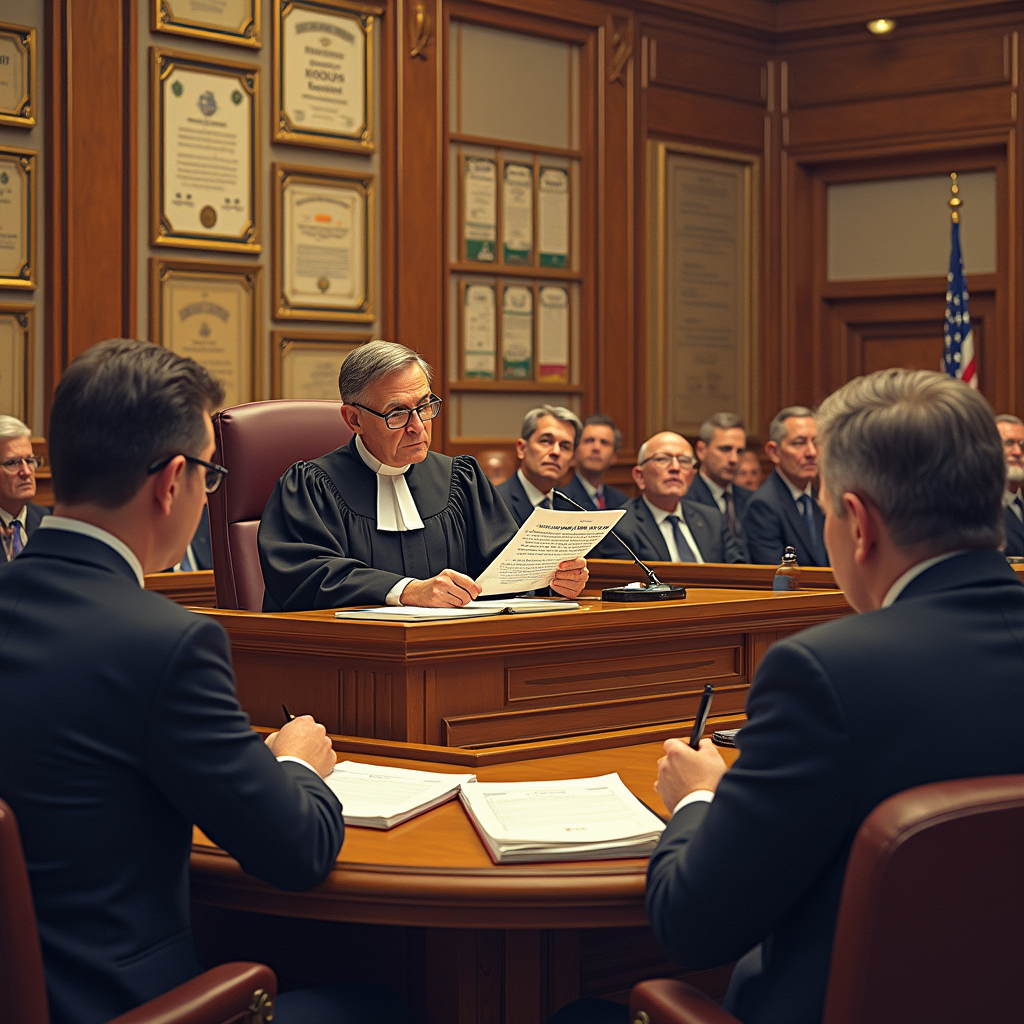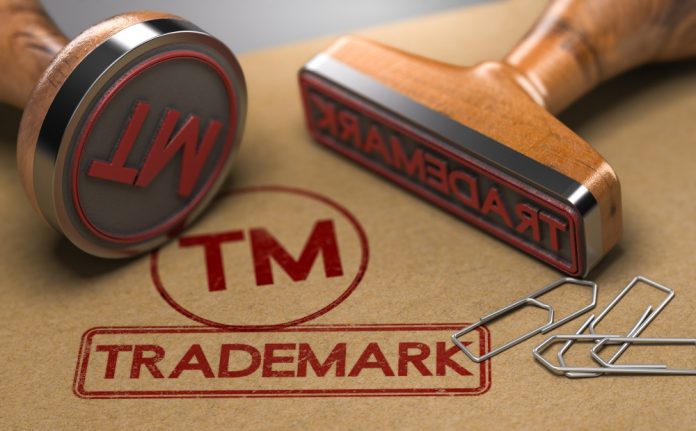This article is written by Sakshi Kuthari. This article discusses in detail the provision of Section 8 of the Trade Marks Act, 1999 and its related provisions under the said Act. This article further discusses the Nice Classification and the purpose of Section 8 as well.
Table of Contents
Introduction
In order to carry on any trade, it is necessary for it to gain recognition in the commercial world. For this purpose, it is required by the trader to adopt any mark, symbol, letter, word, or any combination of these items. It will distinguish the trader’s goods from those of the other. Such a mark or other symbol as used by a manufacturer or trader is called a “Trade mark”. The Trade Marks Act, 1999 (hereinafter referred to as the “Act of 1999”) has evolved for recognising the proprietary rights of a trader to use a mark for his goods or services. Section 6 of the Act of 1999 constitutes prima facie evidence of the record of trade marks.
Under Section 3 of the Act of 1999, the appointment of Registrar takes place, becoming responsible for maintaining the register. As per Section 8 of the Act of 1999, in the Register of Trade Marks, the Registrar classifies the goods and services in alphabetical order and in the prescribed manner and in this article we shall discuss in detail about the same.
Each class of trade marks represents different categories of goods and services. They are arranged in such a way to conduct trade mark research and avoid trade mark infringement. At the time of registration of trade marks, this numerical classification determines the use of goods or services in the industry, acting as an identifier to the mark. It helps to select the correct category of goods or services and classify them for a trade name. The services are identified from the numerical index. The division of these service operations are indicated in headers along with their explanatory notes. The trade mark applicant also gets the right to protect their trade mark under different classes.
In this article, we will be discussing in detail Section 8 of the Act of 1999, that is, the procedure for publishing an alphabetical index of classification of goods and services with the help of Section 7 of the Act of 1999 and the Trade Marks Rules, 2002.
Publication of alphabetical index
Section 8(1) of the Trade Marks Act of 1999
It is provided under Section 8(1) that the Registrar may publish an alphabetical index in the Trade Marks Register to classify goods and services. This classification has been discussed in Section 7 of the Act of 1999. To get the trade marks registered, Section 7(1) provides that the international classification of goods and services under the Nice Agreement shall be followed by the Registrar to classify them.
International (Nice) Classification of Goods and Services for the Purposes of Registration of Marks

The Nice Diplomatic Conference took place on 15 June, 1957. In this conference, the International (Nice) Classification of Goods and Services for the Purposes of Registration of Marks was brought into effect. The countries parties to this Agreement have a special union within the Paris Union for the Protection of Industrial Property. They adopted and applied the Nice Classification for getting the trade marks registered. All the countries party to this Agreement are under an obligation to apply this classification for getting the trade marks registered. It may be in the form of a principal or subsidiary classification. When the trade marks get registered, the said classification is used for the purpose of documentation and publication.
The Nice Classification applies to those countries as well, who are not parties to the Nice Agreement. The list of goods and services classification was done by the World Intellectual Property Organization (WIPO). The said classification is in an alphabetical order consisting of a list of 34 classes. The goods and services classified in the Nice Agreement. After some time, it got expanded to comprise of 11 classes covering services, which were listed in an alphabetical order.
At present, there are 93 countries parties to the Nice Agreement. Apart from them, there are 71 more countries and three organisations that also use the Nice Classification. India is a party to the Nice Agreement. On 07 June, 2019, India became the 88th member country. Let us now discuss some of the important articles of the Nice Agreement in relation to Section 8 of the Act of 1999:
- Article 1(2): To get the trade marks registered, this article provides that the goods and services shall be classified in a list of classes and shall have explanatory notes. There shall be an alphabetical order of goods and services classified.
- Article 1(4): The classification of goods and services shall be done in English and French languages. The text in both of these languages is considered authentic.
- Article 1(7): This article provides that the goods and services classified alphabetically shall be in a serial number opposite to each good or service.
- Article 2(4): If a term is already existing in the list, it would not affect the rights related to any term used priorly.
- Article 3(3): The Committee of Experts shall be a competent authority for making the changes in the list of classifications of goods and services.
Section 8(2) of the Trade Marks Act of 1999
Section 8(2) of the Act of 1999 provides that in case the classification as provided under Section 8(1) of the Act of 1999 is not specified in the list, in that case the Registrar shall classify the goods or service as per Section 7(2) of the Act of 1999. Section 7(2) of the Act of 1999 provides that the Registrar shall, in case of an ambiguity, decide the case and the Registrar’s pronouncement shall be final.
Classification of goods and services for the purpose of Section 8 of Trade Marks Act, 1999
Section 7(1) of the Act of 1999 makes it clear that India follows the international classification of goods and services under the Nice Agreement. In India, The Trade Marks Rules, 2002 in its Fourth Schedule provides the same classification. The said Schedule classifies a list of goods and services according to the Nice Classification.

The list of goods and services provided in this Schedule provides a means by which the general content of numbered international classes can be classified easily and quickly. Class 1 to 34 provides the list of goods and Class 35 to 45 provides the list of services. Let us now discuss these classes in detail:
Classification of goods
- Class 1: The use of chemicals in industry, science, photography, etc.
- Class 2: Paints, colourants, preservatives, etc.
- Class 3: Bleaching preparations and other substances for laundry use; cleaning; polishing; etc.
- Class 4: Industrial oils and greases; lubricants, etc.
- Class 5: Pharmaceutical, veterinary and sanitary preparations, etc.
- Class 6: Common metals and their alloys; metal building materials; transportable buildings of metal, etc.
- Class 7: Machineries and its tools.
- Class 8: Hand tools and its related tools, etc.
- Class 9: Instruments used in the field of science, survey, electric, photography,, signalling, etc.
- Class 10: Surgical and veterinary apparatus, artificial limbs, eyes and teeth, etc.
- Class 11: Use of instruments to light, heat, generate steam, cook, refrigerate, dry, ventilate, etc.
- Class 12: Apparatus used for locomotion.
- Class 13: Firearms; ammunition and projectiles; explosives; fire works.
- Class 14: Metals and their alloys.
- Class 15: Instruments used for music.
- Class 16: Goods made from paper and cardboard, etc.
- Class 17: Goods made from gum and rubber, etc.
- Class 18: Leather and imitations of leather, and goods made of these materials, etc.
- Class 19: Building materials, (non-metallic), non-metallic rigid pipes for building, etc
- Class 20: Items of furniture made with wood, etc.
- Class 21: Items of household, kitchen, etc.
- Class 22: Sacks and bags items, etc.
- Class 23: Use of threads and yarns in textile.
- Class 24: Textile goods.
- Class 25: Clothing and footwear items.
- Class 26: Embroidery items
- Class 27: Matting items.
- Class 28: Gaming products.
- Class 29: Poultry items.
- Class 30: Beverage items.
- Class 31: Products of agriculture, horticulture, etc. and grains not included in other classes, etc.
- Class 32: Beers, mineral and aerated waters, and other non-alcoholic drinks, etc.
- Class 33: All types of alcoholic beverages except beers.
- Class 34: Tobacco, smokers’ articles, matches.
Classification of services

- Class 35: Services in the field of advertisement, business management and administration, official functions.
- Class 36: Insurance services, all types of financial, monetary and real-estate affairs.
- Class 37: Services provided for construction of business, also repair and installation work.
- Class 38: Telecommunication services.
- Class 39: Transport services and travel arrangement, Goods packaging and storage.
- Class 40: Treatment of services.
- Class 41: Educational services and also providing training, Entertainment services, Sports and cultural activities.
- Class 42: Providing services in the field of science and technology.
- Class 43: Providing services for food and drinks.
- Class 44: All types of agriculture, horticulture and forestry services, and hygienic and beauty care for human beings or animals.
- Class 45: Providing legal services and security services for the purpose of protecting both people and property, providing personal and social services to meet the demands of the individuals.

Important considerations while applying for registration of a trademark
For the purpose of getting a trade mark registered, an application can be filed by either claiming use of the trade mark in India or on a proposed to be used (intent to use) basis. In case the application is filed on an intent to use basis the proprietor of the trademark should have a bona fide intent to use the mark in the future. Section 47(1) of the Act of 1999 provides that if there is no usage of the trademark within five years from the date of registration, the trademark registration is subject to cancellation on the grounds of non-usage.
A trade mark should be registered only with respect to the goods on which it is actually being used, and not all the goods coming under the class of that good. It is because it poses problems for infringement action either at the time of registration of trade mark or when the advertisement of trade mark is done to the general public. In any legal proceeding relating to a trade mark the Tribunal shall admit evidence on the usages of the trade concerned and of any relevant trade mark or trade name or get up legitimately used by other persons.
Conclusion
At the time of getting a trade mark registered it is necessary that there is a correct classification of goods and services. The Nice Classification of goods and services give a fine structure to the intellectual property rights for getting the trademarks registered. To classify the goods and services, it is a universally accepted standard system.
Each class contains a list of pre-approved terms. If an applicant uses one of them, he/she can be sure of the fact that the Registrar will accept the application without any further delay. The classification of these above-mentioned classes of goods and services shall be in an alphabetical order as provided under Section 8 of the Act of 1999. The Registrar is under an obligation to classify them alphabetically in the register.
Frequently Asked Questions (FAQs)
Who is responsible for registration of trade marks?
The Registrar of Trade Marks is the responsible authority for getting the trade marks registered. He also settles the opposition proceedings and reviews his own decisions.
What is the Trade Marks Register?
It is provided under Section 6 of the Act of 1999. This register provides all the details of the registered trademarks that shall be entered in this register. In this Register, the names, addresses, description of the proprietor, etc. shall be mentioned. The registrar has full control and management of the Register of Trade Marks.
Where is the Trade Marks Register kept ?
The Trade Marks Register is kept at the head office of the Trade Marks Registry.
References
- https://www.intepat.com/blog/india-trademark-classification/
- https://nclpub.wipo.int/enfr/?classtype=goods&gors=&lang=en&letter=A&menulang=en¬ion=alphabetical&pagination=no&version=20210101
- https://www.wipo.int/classifications/nice/en/
- https://ipindia.gov.in/trade-marks.htm
- https://www.india.gov.in/website-trade-marks-registry-tmr
Students of Lawsikho courses regularly produce writing assignments and work on practical exercises as a part of their coursework and develop themselves in real-life practical skills.
LawSikho has created a telegram group for exchanging legal knowledge, referrals, and various opportunities. You can click on this link and join:
Follow us on Instagram and subscribe to our YouTube channel for more amazing legal content.
 Serato DJ Crack 2025Serato DJ PRO Crack
Serato DJ Crack 2025Serato DJ PRO Crack










 Allow notifications
Allow notifications



